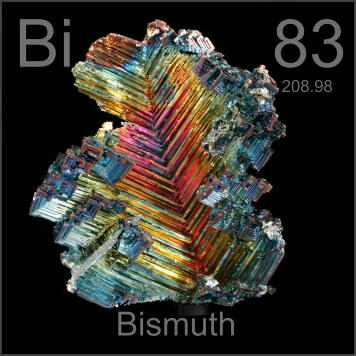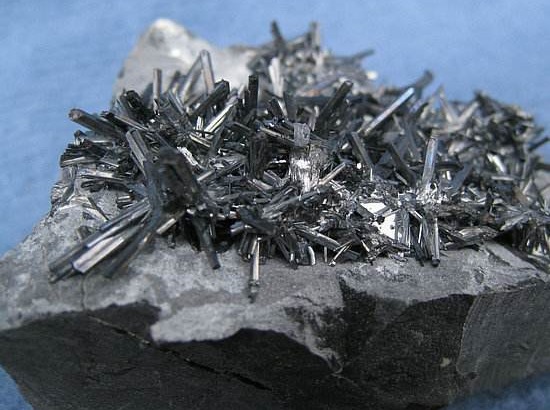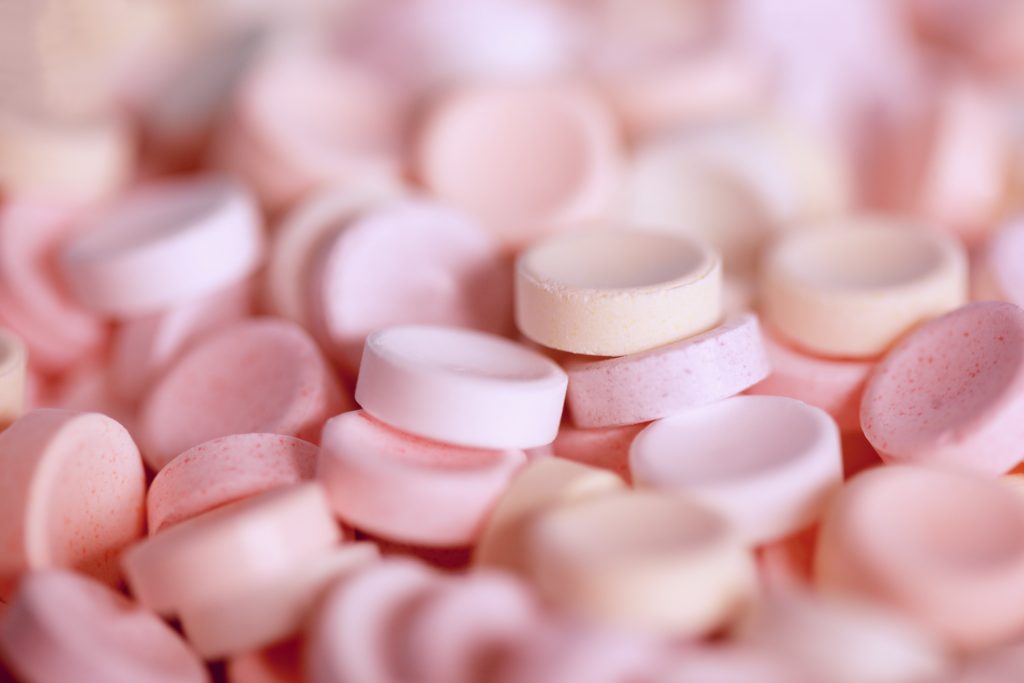Introduction of Bismuth
Bismuth, with the chemical symbol Bi, is an important element found naturally in compounds, known as ores. Bismuth is a high-density, silvery metal with a pink tinge. Even though it is a heavy metal, bismuth has very low toxicity. This has to lead to it being a replacement for lead.
Bismuth metal is brittle and usually alloyed with other metals like tin or cadmium to make it useful. The element is used in pharmaceuticals and cosmetics. Other applications include fire detectors and extinguishers, electric fuses, and solders.

The world’s largest deposits of bismuth are mined from China and Vietnam. Mexico also produces a good amount of bismuth. Bismuth is also a byproduct of the extraction of other metals, such as lead, copper, tin, molybdenum, and tungsten.
History of Bismuth
The name bismuth dates as far back as 1965, with the metal being one of the first 10 metals to be discovered. The name bismuth has a German origin, which is traceable to the term” Wismuth”. In early times, the element was confused with tin and lead because of its close resemblance to those elements.
Because of the ancient date, no one has been credited with the discovery of bismuth. During the alchemy age, miners gave the element the name tectum argenti, or “silver being made”, suggesting that it is like silver that is still in the process of formation in the Earth’s crust. Bismuth was also used among the Incas for making a special bronze alloy for knives.
It was not until the work of Johann Heinrich Pott, Carl Wilhelm Scheele, and Torbern Olof Bergman in 1738 that the distinction between lead and bismuth became clear. In 1753, Claude François Geoffroy further demonstrated how bismuth is different from lead and tin.
Occurrence of Bismuth
Bismuth is abundantly present in nature. It is said to be as abundant as silver, contributing about 2 × 10−5 weight percent of Earth’s crust. It can be found in both native forms and combined in compounds with other elements.
In its native state, bismuth is found in association with lead, zinc, tin, and silver ores in Bolivia, Canada, England, and Germany. Its natural compounds are mainly the oxide (bismuth ochre, Bi2O3), the sulfide (bismuth glance, Bi2S3), and the carbonates (bismutite, (BiO)2CO3, and bismutosphaerite) forms.
As for commercial bismuth, China and Vietnam are the world’s leading miners and refiners of bismuth. It is also obtained as a by-product in the smelting and refining of lead, tin, copper, silver, and gold ores found in South Korea, Mexico, Bolivia, and Japan.

Properties of Bismuth
- Bismuth is a pink-tinged brittle metal with a silvery metallic luster. Its oxide has a yellow color which distinguishes it from oxides formed by other metals.
- The metal is the most diamagnetic of all metals, meaning that it displays the greatest opposition to being magnetized).
- Bismuth is hard and coarsely crystalline. When it solidifies from the molten state, it undergoes a 3.3 percent expansion.
- Bismuth has very poor electrical conductivity. However, its conductivity is better in the liquid state than in the solid state.
- Of all known metals except mercury, bismuth has the lowest thermal conductivity.
- Bismuth forms an oxide coating when heated. It oxidizes rapidly at 1,560 °C (2732 °F), which is its boiling point. It does not tarnish in the air or at normal temperatures.
- Bismuth is mostly inert but is chemically active with other elements under certain conditions. At red heat, it will react with steam. It is not affected by cold or air-free water. Bismuth reacts directly with sulfur and with the halogens (fluorine, chlorine, bromine, iodine).
- The metal reacts only slightly with hot sulfuric acid but dissolves rapidly in the presence of either dilute or concentrated nitric acid.
- It exhibits either a +3 or −3 oxidation state. Its +5 oxidation state is rare and unstable.
Applications of Bismuth
Bismuth is mostly used in pharmaceuticals, pigments, cosmetics, and alloys.
Metal and alloys
Bismuth is used in making metal alloys along with other metals like iron, lead, tin, or cadmium. These alloys are typically used in automatic sprinkler systems for fires. Also, the density difference between lead and bismuth makes it a reliable substitute for lead in many ballistics and weighing applications, such as shots, fishing sinkers, bullets, and less-lethal riot gun ammunition.
Bismuth is used to produce free-machining steels and free-machining aluminum alloys for precision machining properties. Bismuth subnitrate is used as a component in glazes, which produces iridescence.
Thin film coating
Bismuth sputtering targets and bismuth evaporation materials are used in deposition processes including semiconductor deposition, chemical vapor deposition (CVD), and physical vapor deposition (PVD).
Medicine
Bismuth is an important component of some pharmaceutical products like bismuth subsalicylate, used to treat diarrhea. But the use of some of these substances is declining recently. Also, a combination of bismuth subsalicylate and bismuth subcitrate is used in treating causing peptic ulcers. Some bismuth compounds were previously used to treat syphilis.

Cosmetics and pigments
Bismuth oxychloride (BiOCl) is used in cosmetics, as a pigment in the paint for eye shadows, hair sprays, and nail polishes. Bismuth oxychloride or bismuth oxynitrate (BiONO3) is used as a white pigment. Bismuth vanadate is used as a light-stable non-reactive paint pigment in artists’ paints.
Conclusion
Bismuth is a heavy metal with a somewhat pinkish coloration and a silvery luster. It is found in the Earth’s crust in about the same amount as silver. This metal has applications in pharmaceuticals, pigments, cosmetics, and metal alloys. Because of its density, bismuth is now replacing lead in several weighting and ballistic applications, such as fishing sinkers, bullets, and shots. If you want to know more about metal materials, we would like to advise you to visit Stanford Advanced Materials (SAM) for more information.




